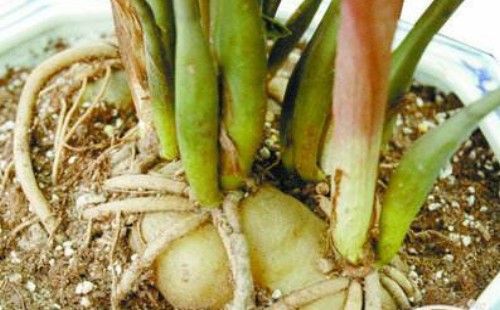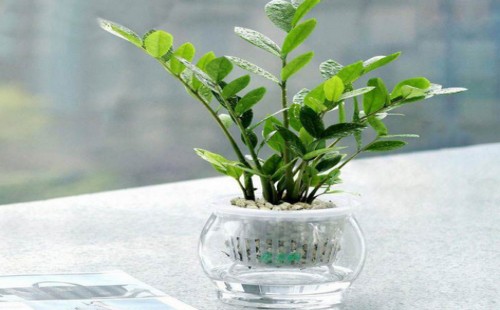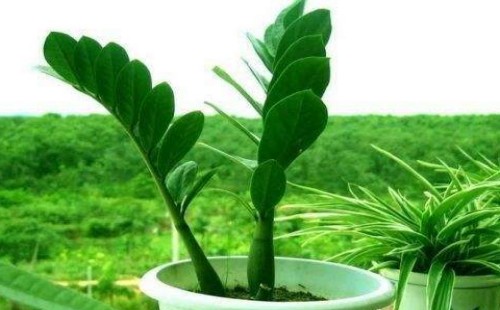How to propagate the tuber of money tree
The tree not only has regular stems and leaves, but also has bright and full leaves, and keeps it green all the year round, so whether it is the effect of greening, beautifying the environment or as a pot ornamental effect, it is often very good. In fact, the tree is still a plant with underground tubers and has the characteristics of fleshy roots, so it is more resistant to drought and afraid of water. Since the money tree is a tuber plant, then it is natural to use tubers to breed potted seedlings, so how do money tree tubers reproduce?

Because the tubers of the tree have latent buds, we can divide the whole tuber of the plant and then use it to propagate the seedlings of the tree. But the money tree tubers that are cut into pieces generally require 2-3 latent buds for each tuber, because if you want the money tree seedlings to grow through the tubers, you need to achieve through these latent buds.
After cutting the whole tuber of the money tree into several small pieces with latent buds, we are not in a hurry to use it to breed seedlings. Because a large window is left in the process of cutting a large piece into small pieces, it usually needs to wait until the wound surface condenses and dries, so as to prevent the bacteria from invading the tuber and destroying the growth tissue. In order to speed up the drying of the wound and promote the healing of the wound, we can evenly apply a layer of plant ash on the wound, and then put it aside to dry for a while.
After the wound surface of the tuber condenses and dries, we will step into the wet sand and cultivate it. However, the thickness of the soil we cover should not be too thick, that is, it should not be buried too deep in the sand, otherwise it will inhibit the germination of latent buds to a certain extent. And generally use moist fine sand cultivation, can not be buried in dry sand and then watering, because the tuber wound surface contact humidity is too high, it may still cause wound infection, and eventually lead to tuber rot.
After burying the cultivated tubers into the sandy soil, it is generally appropriate to keep the thickness of the covered sandy soil at 1-2 cm. During this period, it is more appropriate to control the temperature and keep the temperature stable at 25 °C, and to avoid direct sunlight on the sandy soil surface. at the same time, do a good job of spraying water and moisturizing. If it goes well, the stem will take root and sprout in less than a month, and when the root system is more distributed and the seedling grows to a certain height, we will choose the opportunity to transplant it into the pot.
Time: 2019-06-06 Click:
- Prev

How does the money tree cuttage grow fast
For potted flowers and plants, cutting is often a widely used method of breeding seedlings. And cuttings can generally be cut not only in soil but also in water, and even some plants can be cut in leaves. However, different plant varieties often have different rooting rates after cutting.
- Next

Can the tree be pruned and cut?
The practical value of potted money tree is very high, and it is generally appreciated as an indoor foliage pot plant. And the reproduction of the money tree is also relatively simple, because the plant has underground tubers, and there are latent buds on the tubers, so it is easier to get potted seedlings by going to tuber propagation or ramet propagation. In addition
Related
- Fuxing push coffee new agricultural production and marketing class: lack of small-scale processing plants
- Jujube rice field leisure farm deep ploughing Yilan for five years to create a space for organic food and play
- Nongyu Farm-A trial of organic papaya for brave women with advanced technology
- Four points for attention in the prevention and control of diseases and insect pests of edible fungi
- How to add nutrient solution to Edible Fungi
- Is there any good way to control edible fungus mites?
- Open Inoculation Technology of Edible Fungi
- Is there any clever way to use fertilizer for edible fungus in winter?
- What agents are used to kill the pathogens of edible fungi in the mushroom shed?
- Rapid drying of Edible Fungi

